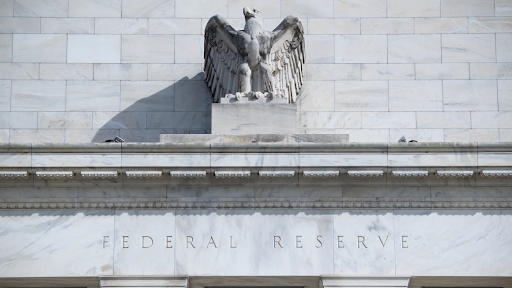The Federal Reserve’s (Fed) recent announcement signals a significant shift in the dynamic landscape of the U.S. economy. After nearly two years of grappling with rampant inflation and aggressive monetary policies, we might witness a pivotal change. This article delves into the implications of the Fed’s expected rate cuts, a move that promises to reshape everything from personal finances to the broader economy.
The current economic narrative, dominated by high interest rates to combat inflation, has led to expensive lending rates affecting home loans, credit cards, and more. This strategy, albeit successful in lowering inflation, has also strained the housing market, job growth, and stock market stability.
The Fed’s latest economic projections, however, suggest a promising turn. Various sectors are poised to benefit from predicted rate cuts in the upcoming year. Consumers could see relief in borrowing costs, particularly in mortgage rates, which currently hover around 8%. Businesses could enjoy cheaper lending rates, potentially boosting corporate profits and stock attractiveness. The Dow’s surge to a record high following the announcement underscores investor optimism.
Nevertheless, the journey to lower rates is challenging. Fed Chair Jerome Powell’s caution about a ‘hard-landing’ scenario highlights the delicate balancing act central banks face. While alleviating some economic pressures, rate cuts also respond to potential economic slowdowns. Past instances of rate cuts, such as during the 2008 financial crisis and the 2020 pandemic, were reactions to significant economic downturns.
Chief Economist at RSM, Joe Brusuelas, notes the broader benefits: “Lower interest rates across the spectrum [will help] sustain the business expansion and will directly create conditions whereby beleaguered consumers will see direct relief.” This sentiment is echoed by Goldman Sachs analysts, who anticipate the rate-cutting to commence in March, buoying the U.S. economic growth outlook.
However, it’s crucial to recognize the dual nature of this shift. While consumers and investors might welcome the change, savings rates could decline. The historical context of rate cuts, often preceding economic slowdowns, adds a layer of caution to this otherwise optimistic outlook.
As we stand at the cusp of a potential new chapter in the U.S. economic story, the Fed’s looming rate cuts present a complex tapestry of opportunities and risks. While there’s a palpable sense of relief for consumers and businesses, the move also serves as a reminder of the cyclical nature of economies. Navigating this new phase requires a balanced understanding of its potential impacts on our personal and national financial health.





















+ There are no comments
Add yours